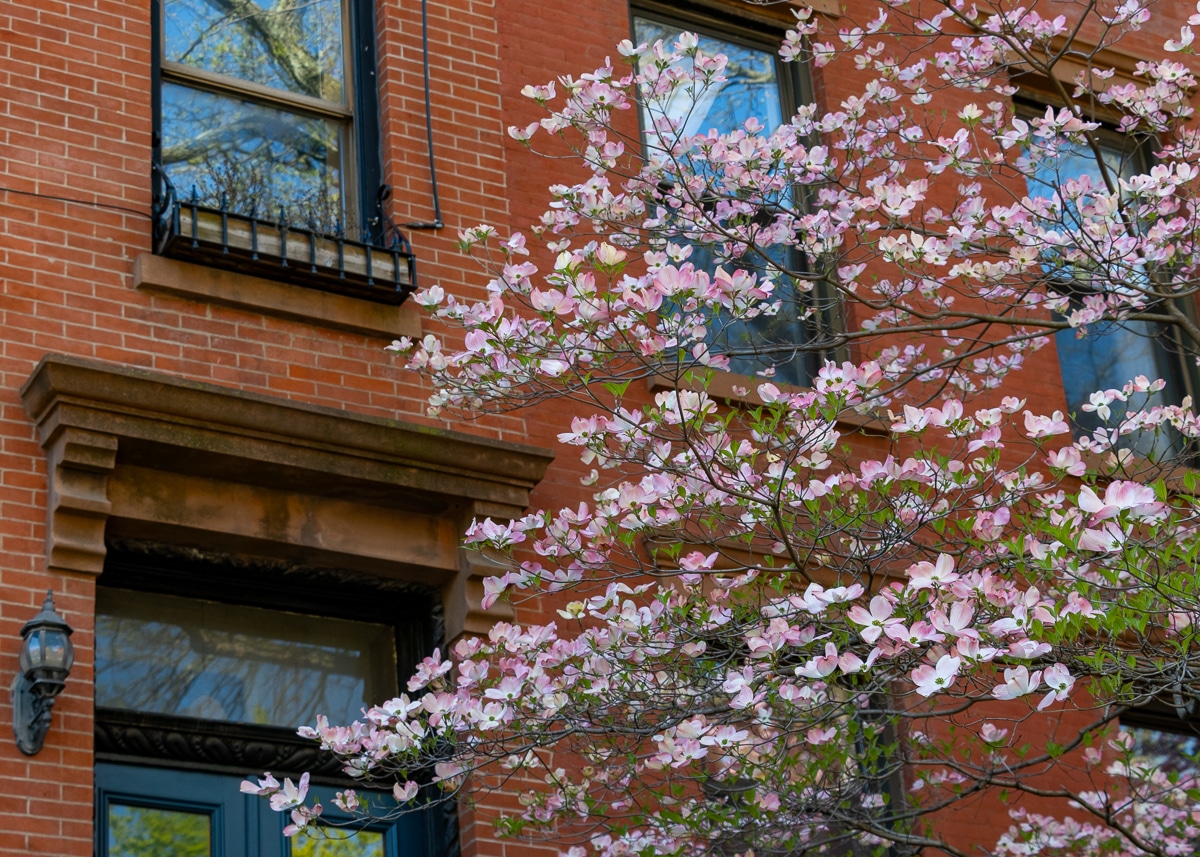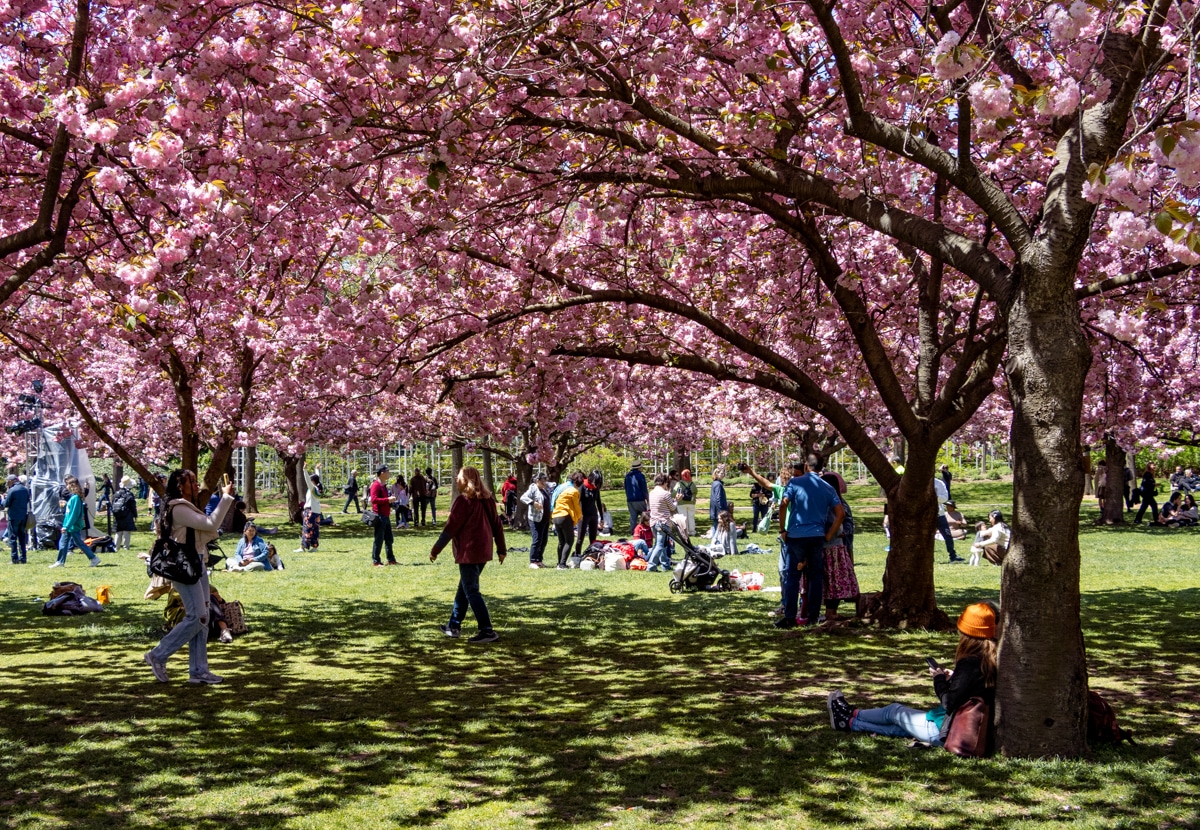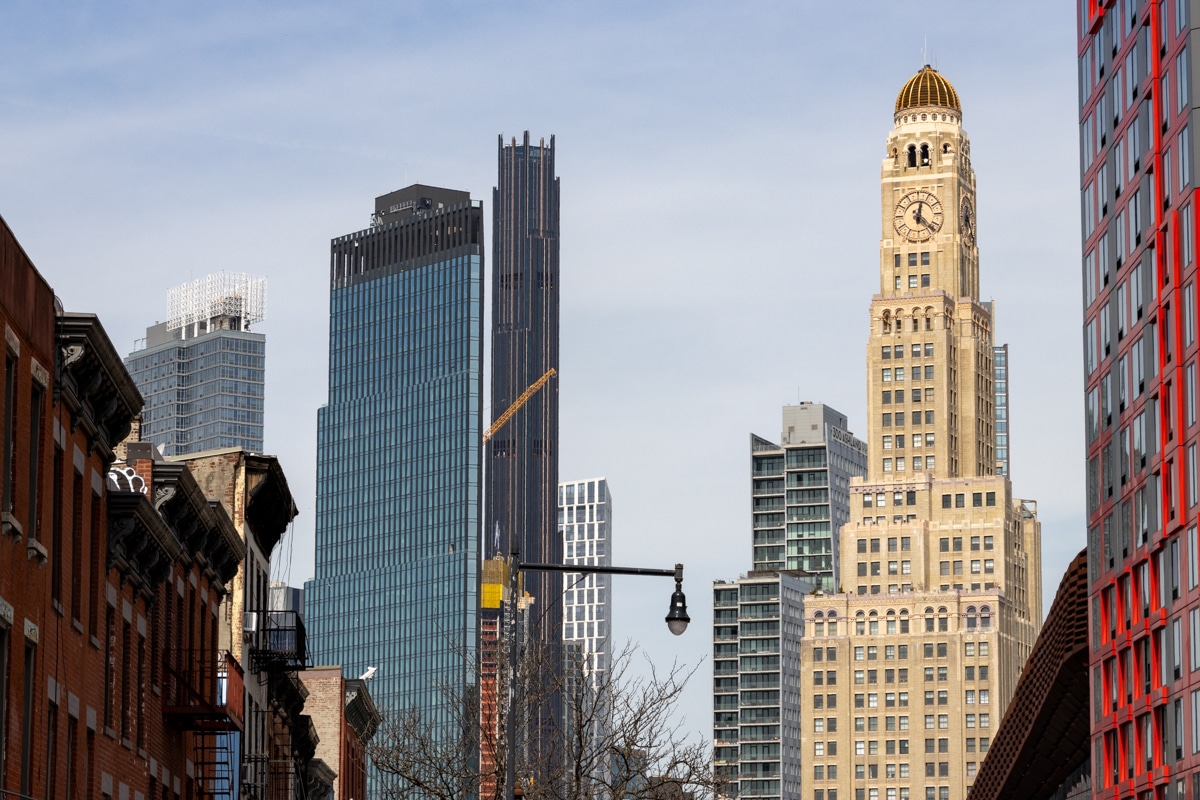What Will Become of the Remsen Wallflower?
Despite its prime location, 186 Remsen Street in Brooklyn Heights has been available for lease since its last tenant, an adoption agency, moved out more than five years ago. Locals say it’s because “the building is a wreck” and is priced too high. Robert Oliver of the Joseph P. Day Realty Corporation said owner Larry…


The insider said neighboring St. Francis College unsuccessfully offered to buy the building. And another Heights resident thinks the building would be an ideal annex for P.S. 8, which recently cut its Pre-K program and is still overflowing with students. New condo development nearby such as One Brooklyn Bridge Park would only increase demand on the school, the worst-case scenario being trailers in the playground, said the resident. But the insider doubted bringing the building up to the strict elementary school code standards would be economically feasible at Day’s price.
The Franklin Building [An Architectural Guidebook to Brooklyn]
186 Remsen Street [Joseph P. Day] GMAP









why would the board of education want to buy, or worse lease, such a POS? People in brownston Brooklyn are in la-la land half the time, they are either so rich or so out of the mainstream that they don’t even know when they are talking nonsense.
The very last thing the Board of Ed will want to do is build a new middle school in the area, there are plenty of midle schools already in surrounding areas. the public schools here are nowhere near as crowded as in distrcits in Queens and other more affodable parts of Brooklyn, this is richie-rich-burg. Most parents send their kids to private schools and even those who swear they won’t will end up being transferred by their firms to Dubai so forget it. Brooklyn Heights is not a real place it is money land and nobody in moneyland appreciates anything that is free.
2:28/3:08, no problem. I enjoy interesting discussions and courteous debate. It’s an important issue. You (and 2:55) should consider signing in. It’s always nice to attribute meaningful comments to people, even if they use a pseudonym.
2:28 here
scholarship, baby. there aren’t a whole lot of them, but private schools do offer them based on need if the student demonstrates they are up to the academic challenge. i wound up owing them a small amount, but nothing compared to the actual cost, and i was more than happy to pay it.
Biff thanks for the info, like i said i was just trying to clarify what 1:15 was getting at. this aint my fight so i dont have too much invested in the argument – just trying to keep things moving along.
2:28, you are correct in describing what is the legitmate issue.
However, 1:15 wasn’t (mostly) getting at that. 1:15 was bemoaning the fact that rich kids are benefiting from the improvements to this school, as if this was hurting poor kids in that school (not true at all) or poor kids in other schools (no evidence offered). To quote, “I do not believe that the children that need the most are sharing equitably in this ‘turnaround’.”
I strongly disagree with that line of thinking. I don’t think public school funding is a zero sum game. Raising the bar at individual schools is going to have a positive effect on the system overall and especially for maintaining improvements to the city’s well-being. Is 1:15 suggesting that the optimal solution would have been to allocate the same funding/resources to the school but keep having the rich kids (who could afford private schools) go to privates? The funding just doesn’t work that way (see, for example, the city school system from 1960s-1980s) and the goal should be more mixed make-up in the public schools, not continuing the de facto segreation based on race and socio-economic status.
But 2:28, who’s doing the investing? It got most of it’s money, i.e., the magnet grant mostly before the demographics changed, did it not? From what I understand at the moment, it’s even more in need of resources this year than last, so what does that say? If it’s getting more attention now because parents are more involved, then that’s great. It seems a combination of the magnet grant, parental involvement and the new principal turned the school around. In other words, I think the school turnaround brought more white students. I don’t think more white students encouraged greater investment in the school.
As for private school, sure it’s an option if one has “sheer force of will” and $32,000+ per kid per year.
what 1:15 is saying is that there wasn’t that level of investment of resources in the past when the school had not yet received the influx of white students
it would be interesting to know if there was as much pressure put on by the parents back then. they may not have been as well connected, but were they as vocal and involved? Or as ‘working class’ parents were they more hard pressed to be at work than to be at all the school related activities that the white parents are carving out time for?
changing demographics can mean an increase of resources but a large enough core of parents can make a change – regardless of race
my mother had the sense to get me out of a underperforming Brooklyn public school and into private school through sheer force of will
I used to work in this building in the early 90s – the interior was quite ugly then, so I can only imagine how it must look after five years of vacancy.
1:15’s genius thinking is what left the public school system in tatters for decades. As Biff said, no one is being shut out. The kids whose parents aren’t BH millionaries are benefiting just as much as the rich kids. It’s always been the case that strong parental support, whether directly to a school or through political pressure to get/keep resources allocated to a school, is what ensures a strong school. Are you saying they’re draining resources from other schools? I don’t see it.
1:15, sorry, but I’m not sure what your point is? There’s no question PS8’s demographics have changed with the success, but who are you blaming? To me, as people realized the school was changing, many white families who may otherwise have sent their kids to Packer and Saint Ann’s opted instead for PS8 once it became a viable alternative. I’m asking sincerely to what are you referring when you say we should reflect on what happened at the school, i.e., are you claiming non-whites are now shut out? I don’t see how that is…the younger white kids at the school live in the area and have the right to go there, just as do kids of every race in the zone.